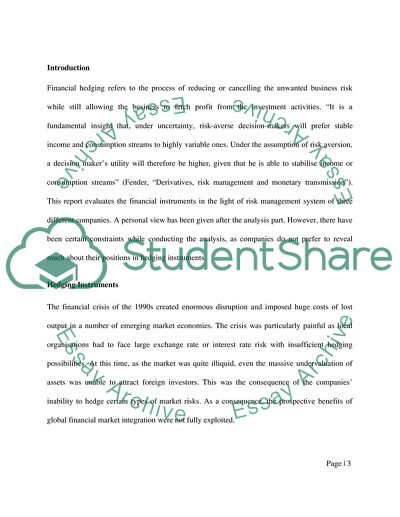Cite this document
(“Financial Hedging and Its Instruments Research Paper”, n.d.)
Financial Hedging and Its Instruments Research Paper. Retrieved from https://studentshare.org/finance-accounting/1744404-hedging-in-financial-statement-analysis
Financial Hedging and Its Instruments Research Paper. Retrieved from https://studentshare.org/finance-accounting/1744404-hedging-in-financial-statement-analysis
(Financial Hedging and Its Instruments Research Paper)
Financial Hedging and Its Instruments Research Paper. https://studentshare.org/finance-accounting/1744404-hedging-in-financial-statement-analysis.
Financial Hedging and Its Instruments Research Paper. https://studentshare.org/finance-accounting/1744404-hedging-in-financial-statement-analysis.
“Financial Hedging and Its Instruments Research Paper”, n.d. https://studentshare.org/finance-accounting/1744404-hedging-in-financial-statement-analysis.


